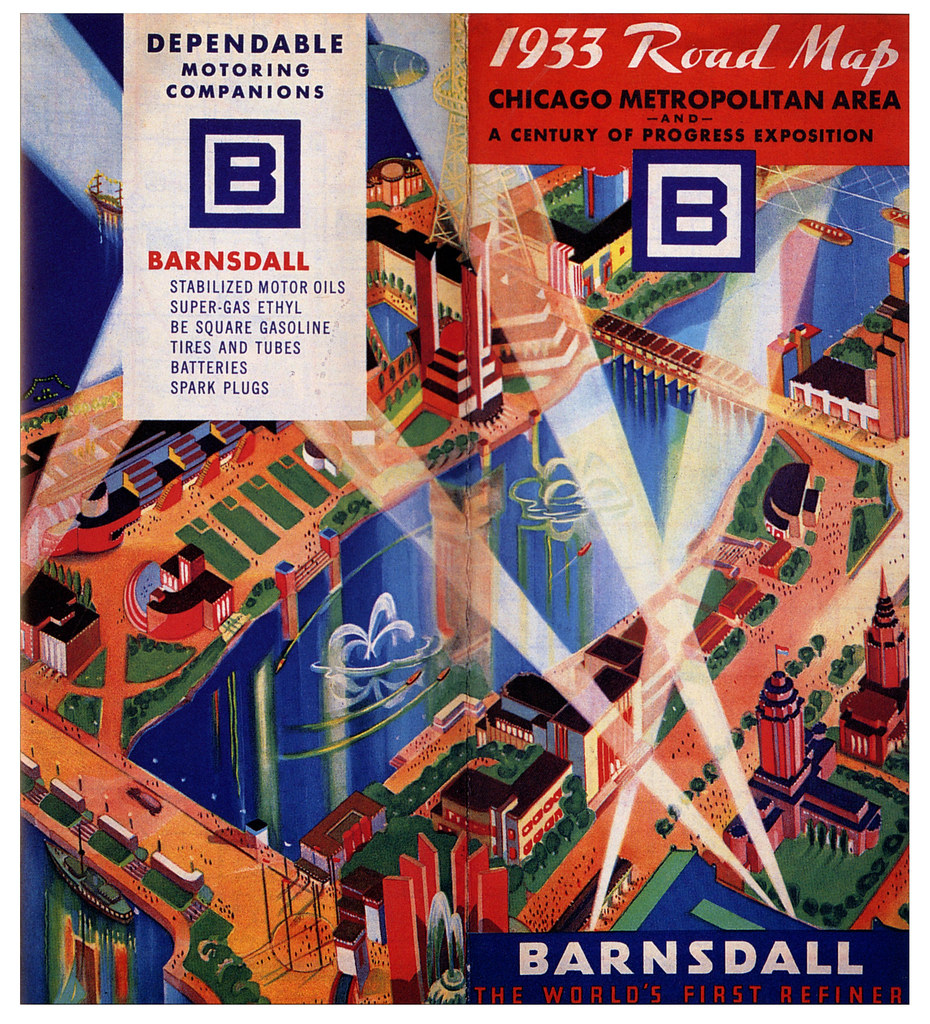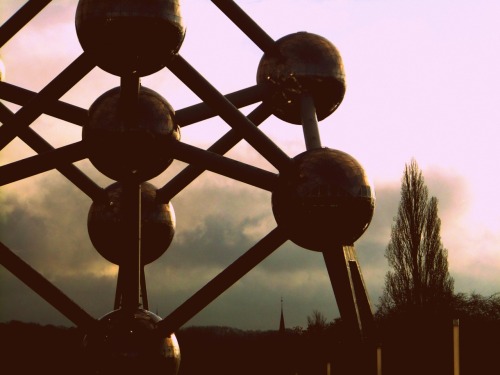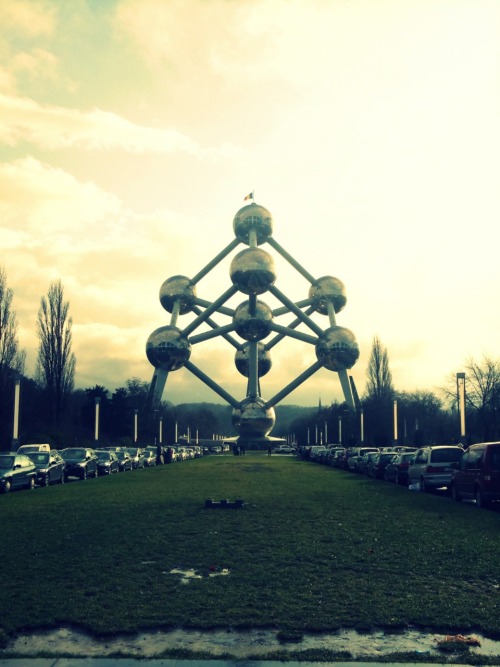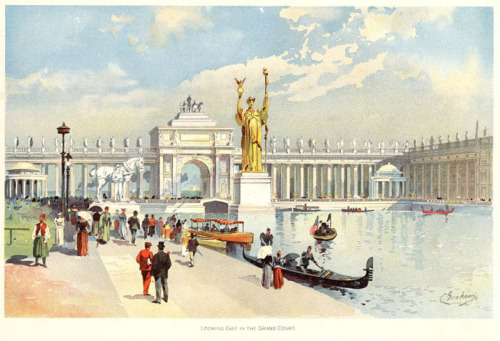#worlds fair
Setting up the General Motors exhibit at the New York World’s Fair
(Alfred Eisenstaedt. 1939)
Post link
Gay New Orleans Village, New York World’s Fair
Source:NY Public Library
The fair included numerous “villages” – clusters of themed buildings, attractions, food halls, etc. – and one of them was a “Gay New Orleans” village. Basically a party area. The huge hall pictured offered “Swing Mardi Gras,” with Swing dancing every night, free (with your fair ticket).
A better view of the building, in the winter between 1939 and 1940:
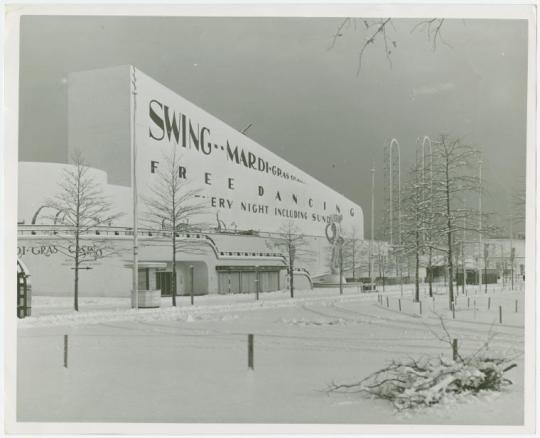
Post link
Going to the Fair, Preview of the New York World’s Fair 1939
Scans of the awesome book I found on Etsy, which presented a preview of the fair. This is the cover and the first few pages.
Then comes this “Introduction” about how “YOU MUST COME TO OUR WORLD’S FAIR”:

Post link
Front cover of L’Exposition de Paris, 1900, showing (in the lower half) the Palace of Electricity and the Water Castle. A detailed account of the World’s Fair held in Paris in April to November 1900, the book also includes an overview of the previous international expositions held in Europe and the United States, starting with London’s Great Exhibition in London of 1851.
Sound film (shown on a huge screen, 21 by 16 metres in size), moving sidewalks (at three different speeds), x-ray machines, wireless telegraphy, and the diesel engine were among the new technologies being demonstrated at the Exposition. Art and architecture contributions included the Grand Palais and the Petit Palais; Pont Alexandre III, still the city’s most ornate bridge; the Gare d’Orsay, the world’s first electrified urban railway terminus (now an art museum); and a major focus on Art Nouveau. Parisian events that coincided included the opening of the city’s first metro line, between Porte Vincennes and Porte Maillot, and the second Olympic Games of the modern era. And the Eiffel Tower received a coat of bright yellow paint for the first and only time in its history!
Image via Heidelberg University Library’s digital collection.
Post link
A souvenir program from the 1893 World’s Fair in Chicago. Take it home and reminisce about the 40 ladies from 40 nations that you saw at the “Women’s Congress of Beauty” or your ride on the original Ferris Wheel.
The fair attracted 27 million visitors and only cost $46 million to construct (about $1.2 billion today).
This seems a bit different from the state fair today. Was deep fried butter on the menu? Probably not.
Post link
In the 1960s, Miami, Florida was to be the home of a “permanent World’s Fair” known as the Inter-American, or Interama.
It was never built, and the land set aside for it eventually became Florida International University’s Biscayne Bay Campus (which, when it was built, was originally known as the Interama campus).
Post link
TheEiffel Tower(French:La Tour Eiffel, [tuʁ ɛfɛl]) is an iron lattice tower located on the Champ de Mars in Paris, named after the engineer Gustave Eiffel, whose company designed and built the tower. Erected in 1889 as the entrance arch to the 1889 World’s Fair, it has become both a global cultural icon of France and one of the most recognizable structures in the world.
Post link
The Chicago World’s Fair from the Air by Paul Malon
Via Flickr:
1933.
A souvenir medal from the 1909 Alaska Yukon Pacific Expo in Seattle, Washington. The Expo was a world’s fair, meant to draw attention to the development of the Western United States.
It was held in a structure where the campus of the University of Washington now sits.
Post link
Although we’ve done our fair share of recent(ish) Christmas movies, we can’t forget some of the classics. Now, Meet Me In St. Louis isn’t specifically a “Christmas” movie, since it follows a family throughout the better part of a year. But a portion of the film takes place at Christmas and gave us one of the most beloved Christmas songs of all time.
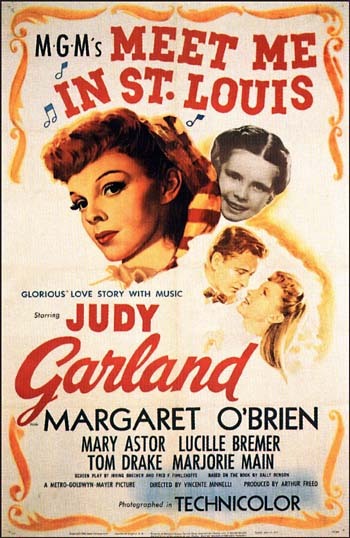
Let’s be real for a second: the only reason to watch this movie is Judy Garland. Don’t get me wrong, I enjoy the movie as a whole. It’s funny and fun, with great characters and catchy songs. But none of it would work without Garland. She takes the reigns of the film and gives it the solid lead that it needs. Garland of course has one of the most recognizable and iconic voices of all time and she’s incredibly strong in this role. I mean, she did the well-known “Trolley Song” in one take. She’s just that good and it really shows.
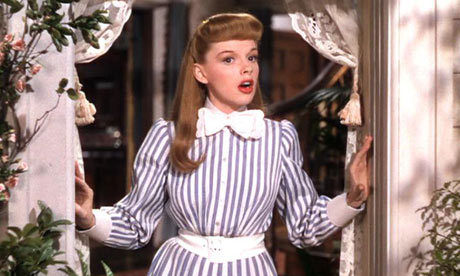
Garland plays 17 year old Esther Smith, a girl who loves her hometown of St. Louis. The movie is set in 1903 right as the World’s Fair was being built. During this day in age, it was a super big deal. This was without a doubt the most exciting thing to happen in their town. You know how crazy people get when an IKEA is built by them? Imagine that x1000 and that’s how exciting this was. (Life was pretty boring back then.)
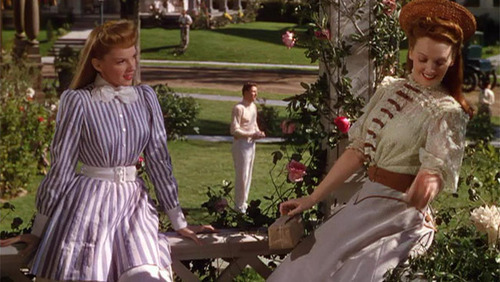
The only thing that is distracting Esther is the new boy next door, John Truett (Tom Drake). With the help of her sister Rose (Lucille Bremer) and brother Lon (Henry H Daniels Jr), Esther gets the introduction she’s been looking for. The movie is silly and revolves around the girls and boys pairing up, but I can imagine that was the biggest worry of teenage girls around the turn of the century. Rose is considered almost an old maid at the ripe old age of 18. I’m so glad we’ve moved past that, but it was their reality.
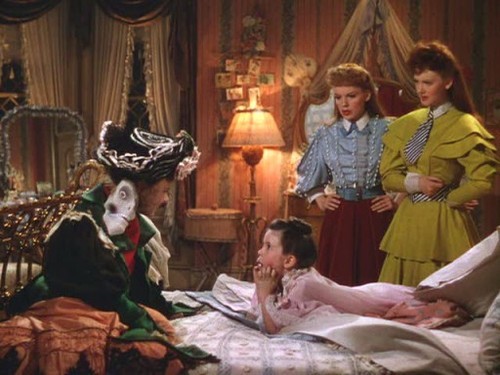
A house with five children is bound to have its ups and downs, and this family is no exception. The youngest sisters, Agnes (Joan Carroll) and Tootie (Margaret O'Brien), get in their fair share of trouble. Tootie is a troublemaker and brings a lot of the comedic relief to the movie. Things don’t always go swimmingly for the Smith family. The patriarch Alonzo (Leon Ames) tells the family that in order to better provide for them, they must leave St. Louis and move to New York. The family’s struggle with this decision makes up the bulk of the Christmas section.

Have Yourself A Merry Little Christmas was written specifically for Meet Me In St. Louis. While it’s become a classic song, it’s actually very sad in the context of the film. As the family prepares to leave their beloved hometown, they must believe that they can make it through somehow. Originally, some of the lyrics were even darker, but they were cut in order to make the song less depressing. If you watch their faces, you’ll see this song isn’t wishful thinking, but actually a form of coping with the upcoming loss.
Without a doubt, this is the greatest version of the song. People can try to cover it all they want, but they’ll never be as good as Judy. They just won’t. She’s perfection. You know who else thought that? The director Vincente Minnelli, who ended up marrying Garland within a few months after completing the film.
Anyway, the family tries to be on board with their father’s plan, but he soon realizes how devastating it is for his family. He decides the day before they are supposed to move that they should stay in St. Louis. Of course, everyone is thrilled, especially John Truett.

The film ends with the family at the World Fair, where they acknowledge that St. Louis will never be the same again. At least the Smith family is home where they belong.
There’s plenty of cheesy dialogue and some old fashion thinking (at one point, a man refers to a woman as his property…tsk tsk), but I just have to remember that this was made in the 40s. The acting is a bit exaggerated, but that’s pretty par for the course in those days. For all the shortcomings, it’s still a great, fun film. The songs are well written and very memorable. The costumes are lush and beautiful and the set is extremely detailed. All in all, it’s just wholesome entertainment for people who like old-fashioned stories about love.
As I said before, Judy Garland is reason enough to see this movie. She’s delightful and makes the movie delightful. While she wasn’t the good girl in real life that she played so often on the screen, she was a talented actress who should be celebrated.
We are now in the week of Christmas, and I just want to wish you all happy holidays. I really do hope that you have yourself a merry little Christmas!
-Angela
“Looking East in the Grand Court.” Color plate by Charles S. Graham from The World’s Fair in Water Colors
Source:World’s Columbian Exposition Collection at The Field Museum.
Post link



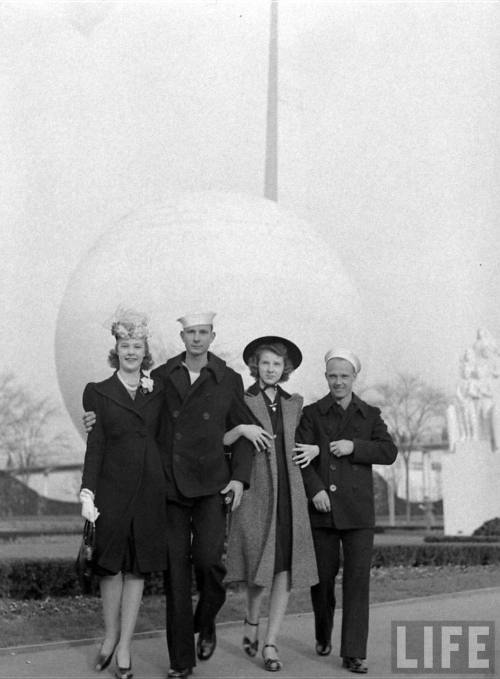
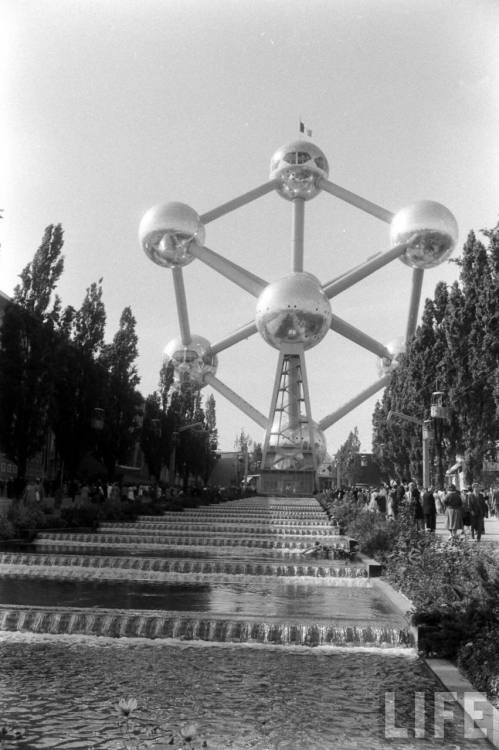

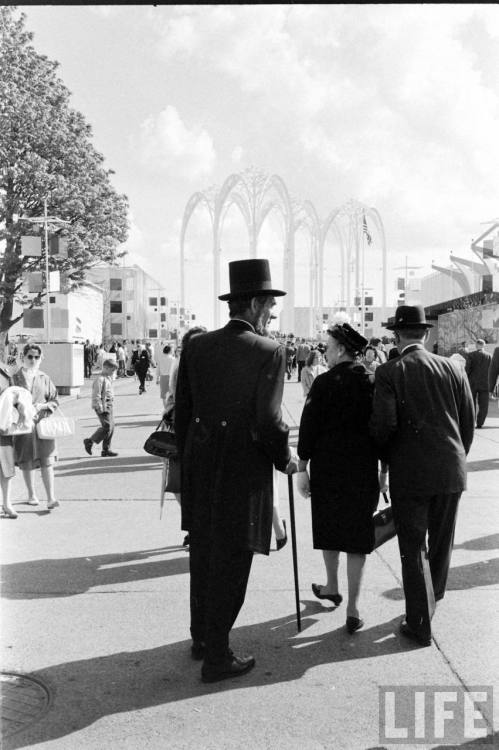

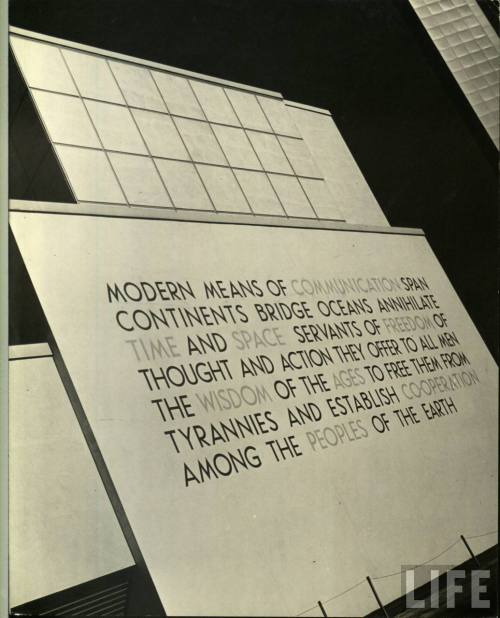

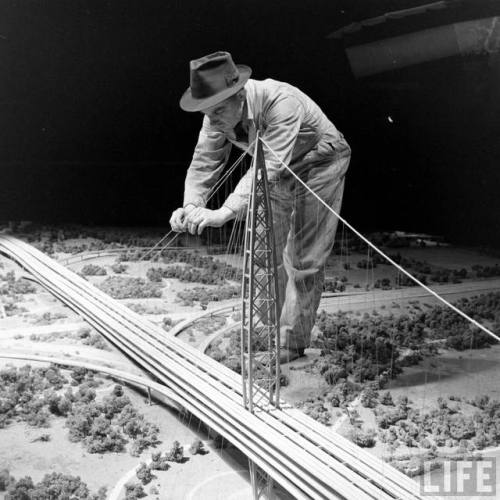

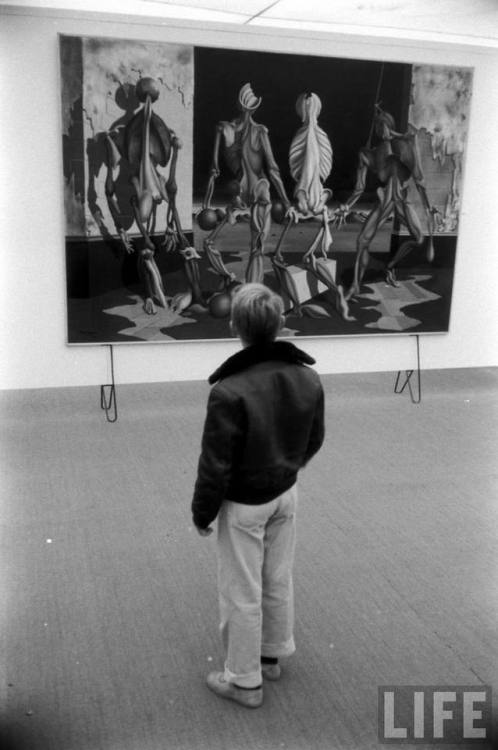

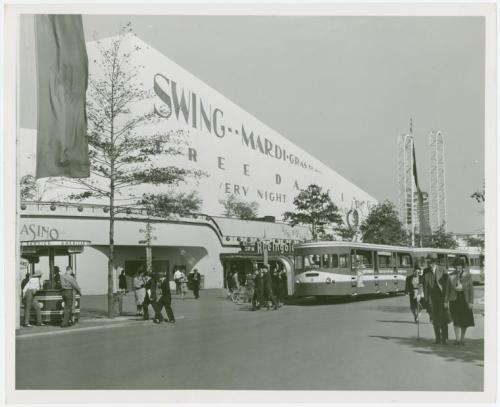


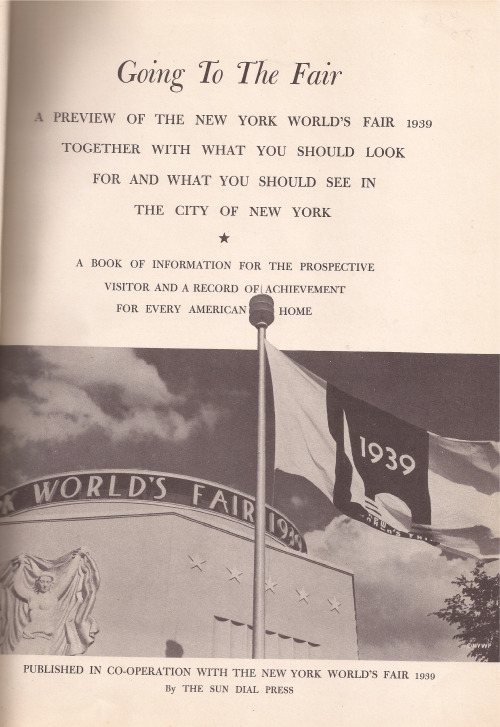



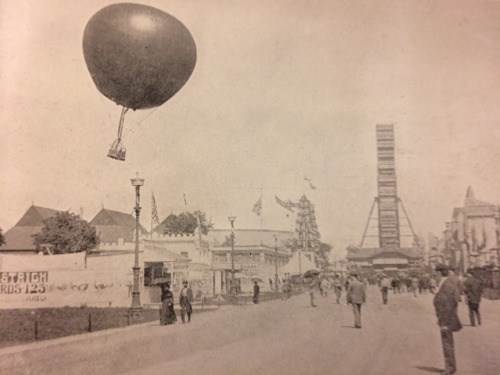
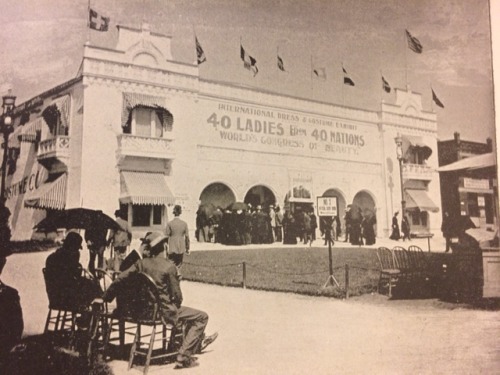
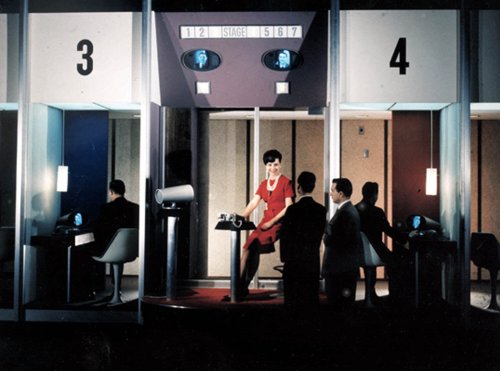
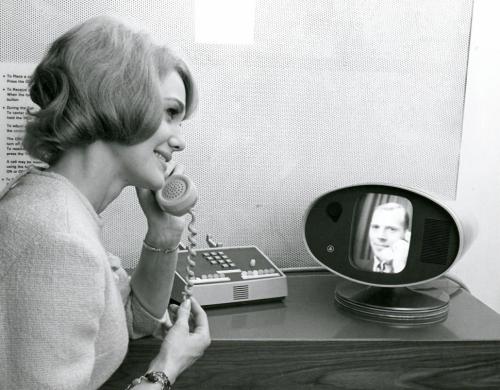

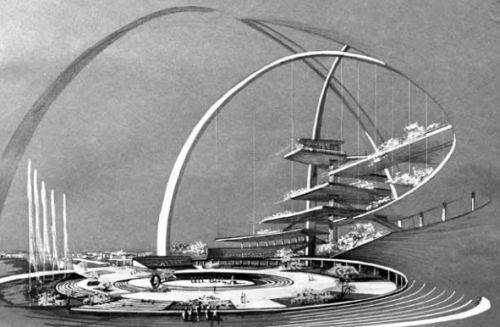
![The Eiffel Tower (French: La Tour Eiffel, [tuʁ ɛfɛl]) is an iron lattice tower located on the Champ The Eiffel Tower (French: La Tour Eiffel, [tuʁ ɛfɛl]) is an iron lattice tower located on the Champ](https://64.media.tumblr.com/4b3c62d3b17db8a7b5c1699a0f95429b/tumblr_mn3xd5ZU0X1srt38so1_500.jpg)
